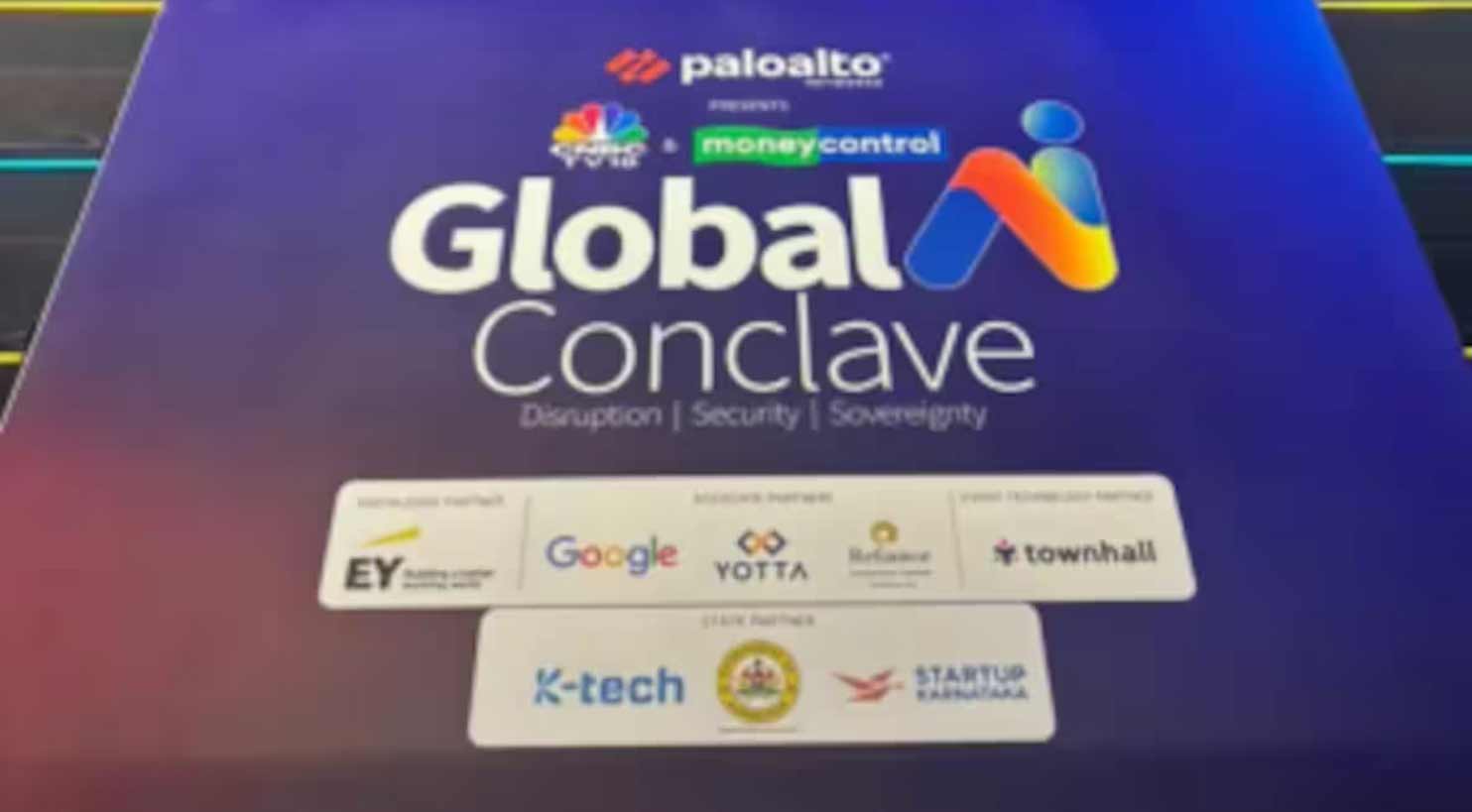Language inclusivity and use of geospatial data for sectors like agriculture will be some of the biggest population scale challenges in India that should be solved with artificial intelligence (AI), said representatives of big tech companies Microsoft, Google, IBM and Digital India’s Bhashini division who were speaking at CNBC-TV18 and Moneycontrol’s Global AI Conclave.
The speakers were in a conversation with Tanuj Bhojwani of People + ai.
According to Amitabh Nag, CEO of Bhashini, language will be one of the largest use cases of AI, which even though diverse, will impact users immediately.
“At Bhasini we had done speech recognition and text-to-speech for 12 languages and had 22 machine translations on all the official languages. Now we are looking for use cases that would impact the last mile in the country. For instance, PM Modi discussed farmer’s chatbot at GPAI Summit recently,” he said.
Experts Dr Manish Gupta, Director-Research, Google and Kalika Bali, Prinicipal Researcher, Microsoft Research India added that to fine-tune AI models for understanding languages, the data sets need to be extremely nuanced, capturing the many languages found in various districts of India.
Gupta said, “We really find the Bhashini programme very inspiring. For our team, we started this journey two years ago. We started with building this model that covers 16 Indian languages and English. I then challenged the team to extend the language coverage to all the scheduled 22 languages.”
Gupta said that his “ambitious” team instead wanted to cover over 60 languages with more than a million speakers and 125 languages with 100,000 speakers.
“So we started this project Morni, but it was easier said than done. Out of the 125 languages, 75 were zero corpus languages meaning, there was no known digital data of these languages. We embarked on this journey with IFC on this project Vaani, to collect speech data from 775 districts in India. We have already collected data from 85 districts in phase 1 and made it openly available to the Bhashini programme,” he said.
Not just district-level dialects and nuances, for the AI models to be fully developed one must also take into account the cultural nuances, said Microsoft’s Bali.
“My job is never over till language is no more the reason why people cannot interact with technology,” she said.
Bali explained, “Right now, if you look for a wedding wear suggestions, you will likely get suggestions based on a white Christian wedding. Even if I say I am in India, it will give me some suggestion based on Karan Johar-like weddings. But that’s going to be a very small niche of people following that fashion. It’s not just langauges but also about getting the cultural nuances right at that district levels.”
Taking a cue from Bali, Bhojwani said, "Imagine you woke up every day and asked the LLM to suggest what to eat, and the only options that come up are burgers and sandwiches, wouldn't that be a sad life. Therefore, we need these LLMs to understand the specifics of our cuisine and cultures."
IBM Research AI’s vice president Sriram Raghavan batted for the use of AI in analysing satellite data, which will especially be useful for the agricultural sector.
“We are seeing advancements in geospatial data. We have a petabyte of data getting collected everyday by satellites. We have been working with NASA for geospatial model. We started with the projects on two use cases: flood modelling and burn fire mapping. These satellites don’t see any national boundaries and collect data for everyone,” he said.
According to Raghavan, AI is an opportunity leap frog digitally for India and the rest of the world.
“We all know that leap frogging digitally is easier than physically…This is an era where you need the data to do land resource management, urban planning, climate change, flood modelling – why bother with on ground instrumentation if we can do it from above the sky and apply AI,” he said.
